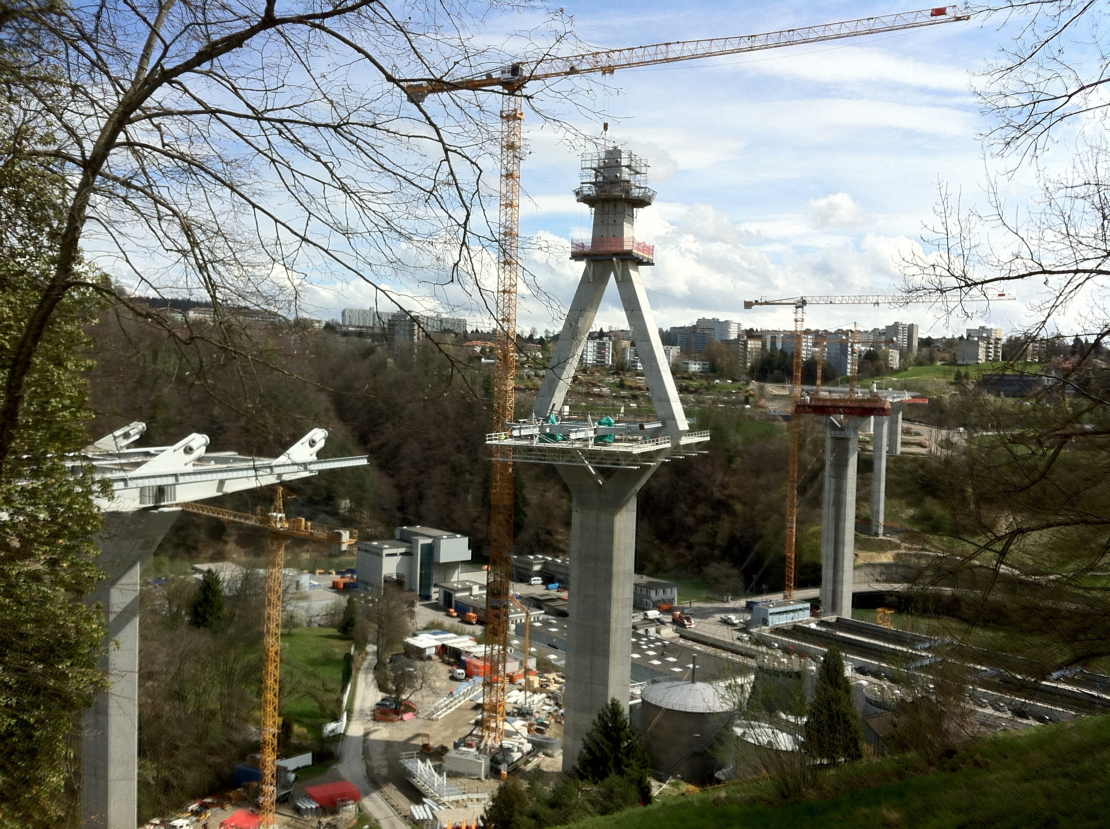Health and sport: How to improve the performance of a sporter? How to make elderly people stay safely at home longer? How to improve the rehabilitation process of a COPD patient? All such questions we address through the use of wearable computing, in which activity monitoring and recognition, coupled with real-time feedback to the persons is one of the enabling methodologies. |
|
Sustainability and environmental monitoring: How to ensure that we will be able to live comfortably in a clean environment? How can we address climate changes, and evaluate the effects on the Great Barrier Reef or the Waddenzee? How to make an energy-efficient building? Biodiversity in and around urban areas are under great pressure through growing urbanization and transport infrastructures. In this research line we design methodologies to monitor and analyze long-term changes in the environment, and detect changes and anomalies. | |
Smart Cities and Intelligent transport systems: How to be safe in a city? How to make traffic flow? How to keep the city clean? We address these questions through opportunistic sensing. An important element in this approach is the use of mobile smart phones that have the potential to become the one and only operational large-scale wireless sensor network. |
|
Offshore industry: How to prevent disasters like the BP oil spill? How to monitor the underwater environment? How to secure harbours? All these questions are addressed through in our research line on underwater sensor networks. Research questions include robust underwater wireless networking protocols, distributed sensing, and event detection. |
|
Structural health monitoring: How to keep monitor the effects of tunnel drilling on the houses in Amsterdam? How to keep a close look at the structural health of historical buildings in Rome? How to monitor the safely of a bridge? Structural health monitoring of buildings, bridges, tunnels and other structures is estimating the state of structural health, or detecting the changes in structure that influence its performance. Wireless sensor networks enable dense in-situ sensing and simplify deployment of instrumentation. In this research line we address QoS-aware data aggregation and situational awareness through online distributed outlier and event detection in linear topological networks. |
|





